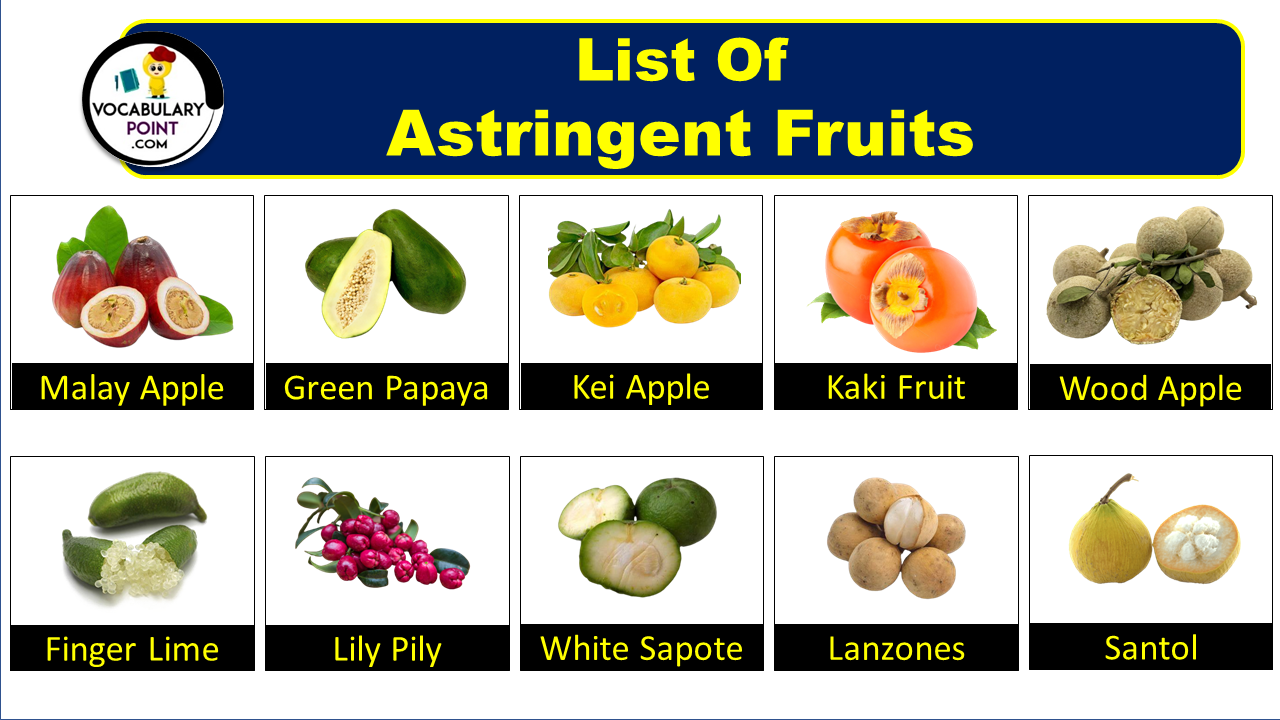When it comes to fruits, we often think of sweet and juicy flavors that tantalize our taste buds. However, there is a category of fruits that offer a completely different sensation – astringency. These fruits possess a unique quality that leaves your mouth feeling dry fruits and puckered, almost as if they are pulling the moisture right out of your tongue. While this might not sound particularly appealing at first, astringent fruits have their own charm and distinct flavor profiles that have been cherished for centuries in various cuisines around the world.
What Are Astringent Fruits?
Astringent fruits are those that contain high levels of tannins, which give them a dry and puckering sensation when eaten. Here’s one example of an astringent fruit:
List of Astringent Fruits
Malay Apple
A tropical fruit, Malay Apple is crisp with a watery texture, offering a mildly sweet and floral flavor. It’s native to Southeast Asia and is also known as Rose Apple.
Burmese Grape
This Southeast Asian native fruit is round, sweet, and slightly acidic. Burmese Grape is rich in antioxidants and often eaten fresh or used in jams.
Chayote
A green, squash-like vegetable, Chayote is mild in flavor and crunchy in texture. It’s versatile, used in salads, soups, and as a cooked vegetable.
Quince
A hard, yellow fruit, Quince is aromatic and tart. It’s usually cooked to bring out its sweetness and is often used in jams, jellies, and desserts.
Rose Hip
The fruit of the rose plant, Rose Hip is small, red-orange, and rich in vitamin C. It’s used in teas, jams, and as a natural supplement.
Rowan Berry
Small and bright red, Rowan Berries are tart and bitter, traditionally used in syrups and jellies, especially in European cuisine.
Red Mombin
A tropical fruit with a sweet and sour flavor, Red Mombin is juicy and used in making wines, juices, and desserts. It’s native to the Americas.
Jamun
Known as Black Plum, Jamun is a tropical fruit with a purple-black skin, sweet and slightly acidic flesh. It’s used in traditional medicine and as a summer treat in South Asia.
Kaki Fruit
Also known as Persimmon, Kaki Fruit is sweet, with a smooth texture. It varies from firm to mushy and is eaten fresh, dried, or cooked.
Kei Apple
Native to South Africa, Kei Apple is a small, yellow fruit, sour-tasting, often used in jams and jellies, and as a natural fence due to its thorny bush.
Elderberry
A small, dark purple berry, Elderberry is known for its immune-boosting properties. It’s used in syrups, teas, and desserts for its rich flavor.
Lily Pily
An Australian native fruit, Lily Pily has a crisp texture and a sweet to tart flavor. It’s used in jams, jellies, and sauces.
Ethiopian Banana
Distinct from common bananas, the Ethiopian Banana, or Ensete, is starchy and used mainly for its fibrous content in traditional Ethiopian cuisine.
Red Currant
A small, tart berry, Red Currant is rich in vitamins and often used in jellies, sauces, and as a garnish due to its vibrant color.
Sour Cherry
Smaller and more tart than sweet cherries, Sour Cherry is often used in cooking and baking, especially in pies and preserves.
Canistel
Also known as Egg Fruit, Canistel has a sweet, custard-like texture. It’s native to Central America and eaten fresh or used in desserts.
White Sapote
A fruit with a creamy texture and sweet, custard-like flavor, White Sapote is often eaten fresh or used in desserts. It’s native to Mexico and Central America.
Kepel Fruit
Native to Indonesia, Kepel Fruit is prized for its aromatic flavor and is traditionally used to sweeten breath. It has a pear-like texture.
Cranberry
A tart, red berry, Cranberry is commonly used in juices, sauces, and as a dried fruit. It’s well known for its urinary tract health benefits.
Kohala Longan
A variety of Longan, Kohala is sweet and floral, similar to lychee. It’s often eaten fresh or used in desserts and traditional Asian medicine.
Malabar Plum
Also known as Java Plum, Malabar Plum is a tropical fruit with a sweet and sour flavor. It’s rich in antioxidants and used in various culinary applications.
Stringy Mango
Distinct for its fibrous flesh, Stringy Mango is sweet and juicy, used in culinary applications where its texture can be appreciated, like in chutneys and salads.
Wood Apple
A hard-shelled fruit, Wood Apple has a pungent, fermented flavor and is often used in South Asian cuisines in smoothies, jams, and religious offerings.
Jocote
A small, plum-like fruit, Jocote is sweet when ripe and sour when unripe. It’s commonly consumed fresh or used in jams in Central America.
White Mulberry
A sweet berry, White Mulberry is often eaten fresh or dried. It’s used in traditional medicine and as a food source for silkworms.
Wild Loquat
Not to be confused with the common loquat, the Wild Loquat is tart and used in local cuisines where it’s found, often in jams and jellies.
Lingonberry
A small, tart berry, Lingonberry is similar to cranberry and used in Nordic and Eastern European cuisines in jams, preserves, and sauces.
Australian Round Lime
A unique, round citrus fruit, Australian Round Lime is prized for its intense lime flavor, used in culinary creations, especially desserts and drinks.
Feral Ugli
A hybrid citrus fruit, Feral Ugli is known for its unusual appearance and sweet, tangy flavor. It’s eaten fresh or used in salads and desserts.
Saskatoon Berry
Native to North America, Saskatoon Berry is sweet and nutty, used in pies, jams, and traditional dishes by Indigenous peoples.
Bilberry
A close relative to blueberries, Bilberries are small, dark, and rich in antioxidants. They’re used in European cuisine in pies and jams.
Camu Camu
Boasting one of the highest vitamin C contents, Camu Camu is a sour berry used in supplements and health products, native to the Amazon rainforest.
Bitter Melon
As its name suggests, Bitter Melon is a bitter vegetable fruit used in Asian and African cuisines, often in stir-fries, teas, and medicinal uses.
Ice Cream Bean
A tropical fruit with a sweet, fluffy interior resembling cotton candy. Ice Cream Bean is eaten fresh and used in desserts in Latin America.
Hawthorn
A small, tart berry, Hawthorn is used in traditional medicine for heart health, as well as in jams, jellies, and wines for its flavor.
Sour Orange
Also known as Bitter Orange, Sour Orange is used primarily for its peel and juice in cooking, baking, and in traditional medicines.
Guava
A tropical fruit with a sweet, fragrant pulp, Guava is rich in vitamins and eaten fresh or used in juices, jams, and desserts.
Sour Tamarind
Known for its sour, tangy flavor, Sour Tamarind is used extensively in Asian and Latin American cuisines, in sauces, soups, and snacks.
Medlar
An unusual fruit that must be bletted (overripened) to be eaten, Medlar has a flavor described as a mix of apple sauce and wine. Used in jellies and desserts.
Pomegranate
A fruit with jewel-like seeds, Pomegranate is sweet and tart, used fresh or in juices, salads, and as a garnish for its vibrant color.
Monkey Jack Fruit
A large, tropical fruit related to jackfruit but with a sour taste, Monkey Jack Fruit is used in curries and as a vegetable in South Asian cuisines.
Cambuci
Native to Brazil, Cambuci is tart and aromatic, used in cocktails, jellies, and sauces. It’s shaped like a bell and has a hard, green shell.
Sour Guava
A variety of Guava, Sour Guava is more tart than its sweet counterpart, used in similar culinary applications for a tangy flavor.
Wild Himalayan Cherry
A cherry variety found in the Himalayas, it’s known for its sour taste and is used in traditional dishes and medicinal purposes.
Green Papaya
Unripe Papaya is crisp and mild, often used in Southeast Asian salads like Thai Som Tam or cooked in dishes for its texture.
Riberry
Native to Australia, Riberry is small and tart with a cranberry-like flavor, used in compotes, sauces, and native bushfood recipes.
Finger Lime
An Australian native citrus, Finger Lime is prized for its caviar-like pearls, adding a unique texture and zesty flavor to dishes and drinks.
Ceylon Gooseberry
A rare, tart fruit native to Sri Lanka, Ceylon Gooseberry is used in traditional medicine and as a souring agent in curries.
Persimmon Plum
A sweet, juicy fruit, Persimmon Plum is enjoyed fresh or used in desserts for its smooth texture and rich flavor, similar to persimmons and plums.
Mangosteen
Known as the “queen of fruits,” Mangosteen has a sweet, tangy flavor and creamy texture. It’s eaten fresh and prized in Southeast Asian cuisine.
Black Persimmon
A variant of persimmon, Black Persimmon is darker and has a sweet, rich flavor. It’s used in traditional desserts and as a fresh fruit.
Cloudberry
A rare berry from the Arctic tundra, Cloudberry is rich and creamy, often used in jams, desserts, and traditional Nordic cuisine.
Lanzones
A tropical fruit, Lanzones is sweet and juicy with a grape-like texture. It’s eaten fresh and is native to Southeast Asia.
Cambodian Lime
Similar to Key Lime, Cambodian Lime is small and tart, widely used in Southeast Asian cuisines for its aromatic juice and zest.
Monkey Fruit
A sour, fibrous fruit, Monkey Fruit is often used in traditional Asian medicine and culinary applications for its unique flavor.
Crabapple
Small and tart, Crabapples are often used in jellies, ciders, and ornamental purposes for their beautiful blossoms and fruit.
Bael Fruit
A hard-shelled fruit, Bael is sweet and aromatic, used in traditional Indian beverages and religious offerings for its medicinal properties.
Goji Berry
Also known as Wolfberry, Goji Berry is a superfood, sweet and rich in antioxidants, used in teas, supplements, and as a dried snack.
Indian Almond
Not a true almond, Indian Almond is a leafy tree that produces edible nuts and is also valued for its ornamental and medicinal uses.
Cornelian Cherry
A small, tart berry, Cornelian Cherry is used in European and Middle Eastern cuisines in syrups, jams, and wines.
Wild Mangosteen
Different from Mangosteen, Wild Mangosteen is sour and used in Southeast Asian cuisines, often in salads and as a flavoring agent.
Tamarind
A tropical fruit, Tamarind is known for its sweet and sour pulp, used widely in cuisines around the world in sauces, drinks, and snacks.
Chokeberry
Rich in antioxidants, Chokeberry is tart and astringent, used in juices, teas, and nutritional supplements for its health benefits.
Juneberry
Also known as Saskatoon Berry, Juneberry is sweet and nutty, used in pies and jams, and as a fresh snack in North American cuisines.
Wild Apple
Tart and firm, Wild Apples are often used in ciders and cooking for their robust flavor, distinct from cultivated varieties.
Indian Gooseberry (Amla)
Rich in vitamin C, Indian Gooseberry, or Amla, is tart and astringent, used in Ayurvedic medicine and Indian cuisines in pickles and juices.
Yellow Mombin
A tropical fruit, Yellow Mombin is sweet and slightly acidic, used in beverages, jams, and sweets, similar to its red counterpart.
Persimmon
A sweet, honey-flavored fruit when ripe, Persimmon is enjoyed fresh or dried, and used in baking and cooking for its soft, smooth texture.
Casimiroa
Also known as White Sapote, Casimiroa is a fruit with a creamy texture and a sweet, custard-like flavor, often eaten fresh or used in desserts.
Choke Pear
A hard, sour fruit, Choke Pear is primarily used in cooking and making cider, valued for its pectin content in jams and jellies.
Jujube
Also known as Red Date, Jujube is a sweet, apple-like fruit, eaten fresh or dried, and used in traditional Asian medicine and cuisine.
Sea Buckthorn
A tart, orange berry, Sea Buckthorn is rich in vitamins and oils, used in supplements, skincare products, and culinary applications.
Indian Jujube
Similar to Jujube, Indian Jujube is a bit more tart and fibrous, used in traditional medicine and as a fresh or dried snack in South Asia.
Bengal Currant
A small, tart berry, Bengal Currant is rich in antioxidants, used in Indian and Southeast Asian cuisines in pickles and preserves.
Elephant Apple
A large, sour fruit, Elephant Apple is used in Indian and Southeast Asian cuisines in curries, jams, and traditional medicine.
Santol
A tropical fruit with a sweet and sour flavor, Santol is eaten fresh or used in Filipino cuisine in soups, stews, and preserves.
Hog Plum
Sour and fibrous, Hog Plum is used in Caribbean and South American cuisines in sauces, marinades, and traditional dishes.
Emu Apple
An Australian bush food, Emu Apple has a tart, cranberry-like flavor, used in local cuisines in jams, sauces, and desserts.
Blackthorn
Also known as Sloe, Blackthorn produces small, tart berries used in making Sloe Gin and in traditional European herbal medicine.
Explore More Fruits Names:
One Seed Fruits | High in Iron Fruits | Rich In Vitamin K Fruits
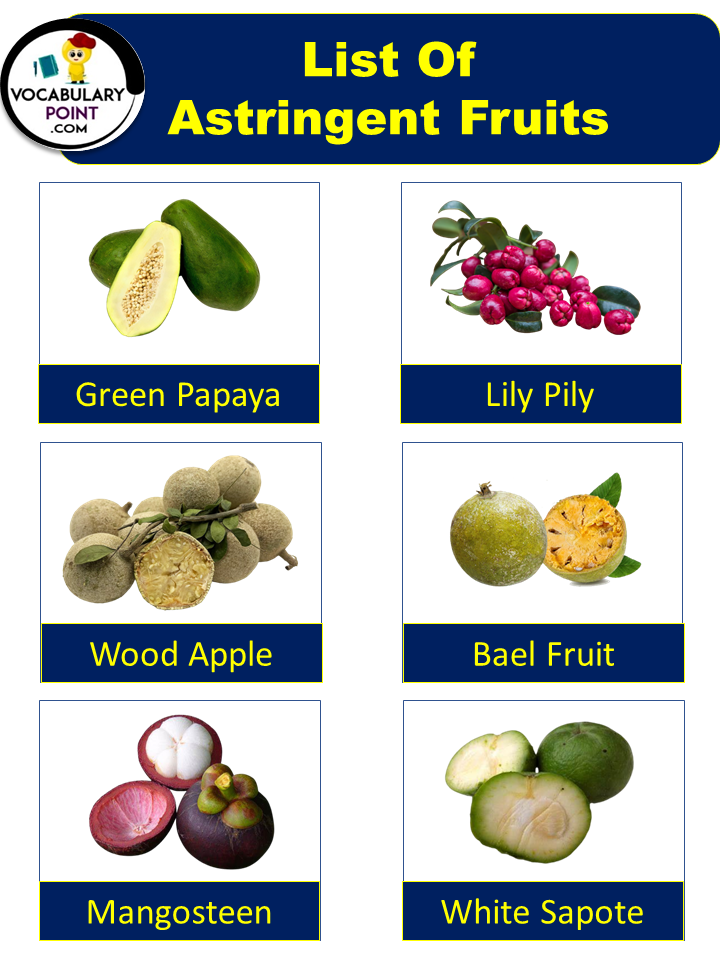
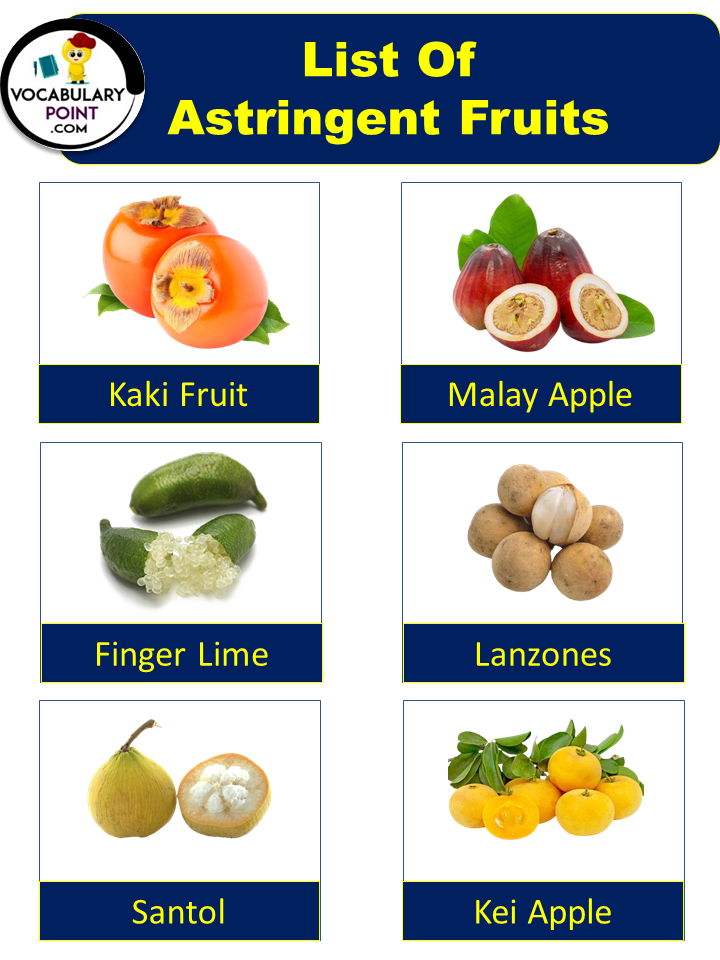
Astringent Fruits And Vegetables List
Kaki Fruit
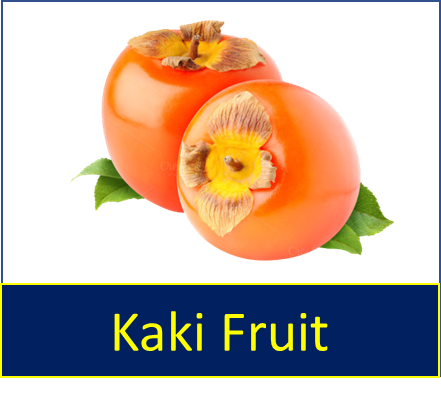
Kaki fruit holds potential cardiovascular advantages due to its natural compounds that support heart health.
Malay Apple
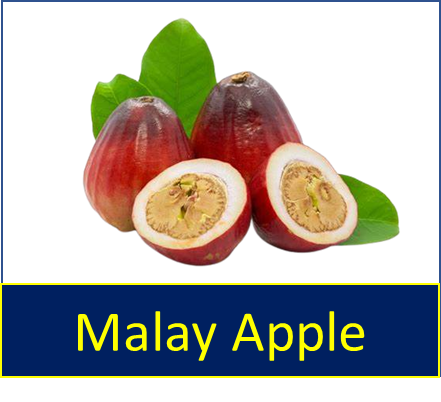
Malay Apple, also known as “jambu merah,” is replete with antioxidants that safeguard the body from oxidative stress.
Finger Lime
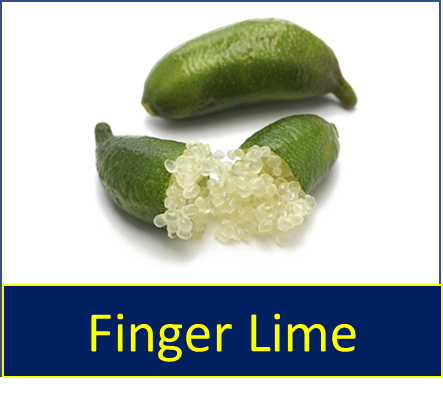
- Enhances Culinary Experience:
Finger Lime’s unique caviar-like pearls add a burst of flavor and texture to dishes, making it a favorite among chefs and food enthusiasts.
Lanzones
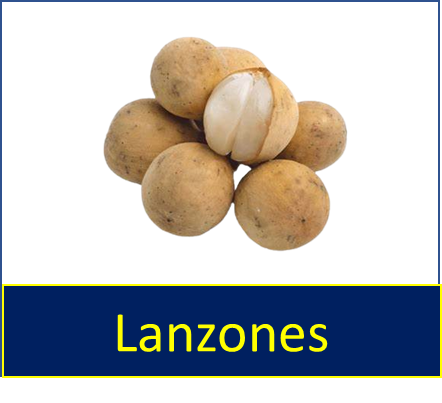
- Rich in Fiber:
Lanzones, also known as “langsat,” is abundant in dietary fiber, promoting healthy digestion and regular bowel movements. This fiber content supports gut health, prevents constipation, and aids in maintaining a balanced digestive system.
Santol
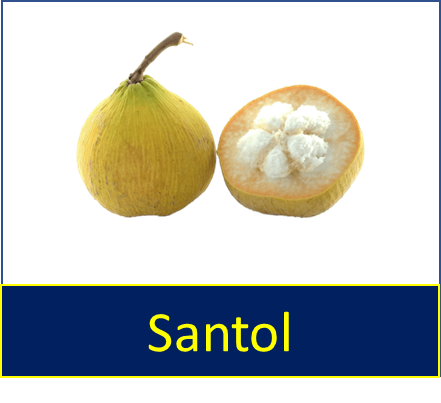
- Antimicrobial Potential:
Santol possesses natural compounds with potential antimicrobial properties. These compounds may help inhibit the growth of harmful microorganisms, contributing to a healthier immune system and potentially reducing the risk of infections or illnesses.
Kei Apple
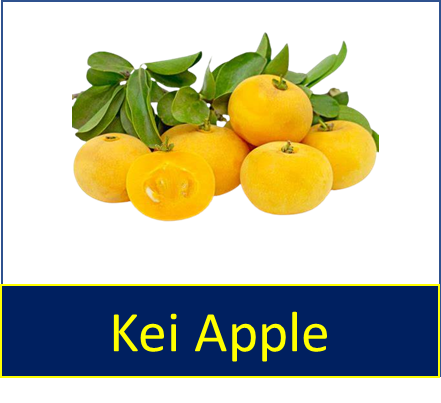
- Skin Health:
Kei Apple’s natural compounds contribute to skin health by providing essential nutrients and antioxidants that promote a youthful appearance and protect the skin from oxidative damage.
Green Papaya
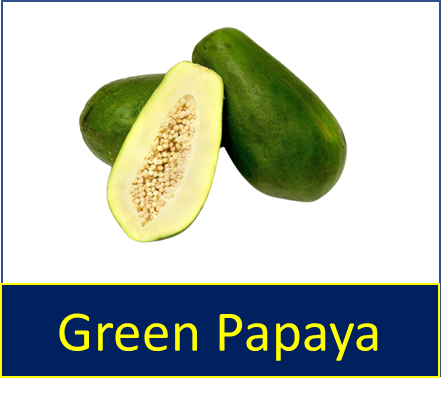
- Digestive Enzymes:
Green papaya is rich in papain, an enzyme that aids in digestion by breaking down proteins. Consuming green papaya can help alleviate digestive discomfort and promote better nutrient absorption.
Lily Pily
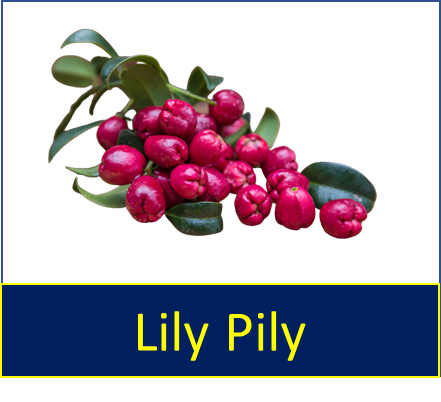
- Antioxidant Content:
Lily Pily possesses natural antioxidants that protect cells from oxidative stress, potentially reducing the risk of chronic diseases and contributing to overall well-being.
Wood Apple
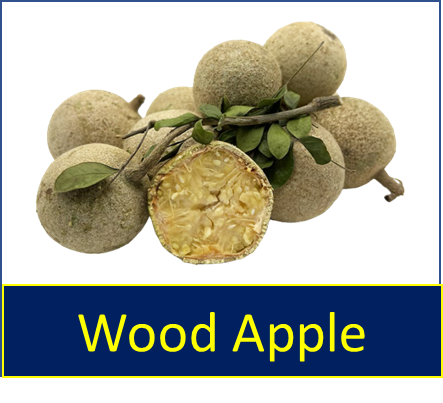
- Digestive Health:
Wood Apple, also known as “bael fruit,” is rich in dietary fiber, promoting proper digestion, preventing constipation, and supporting a healthy gut.
Bael Fruit
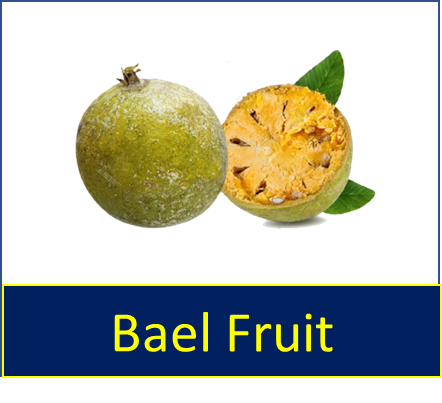
- Gastrointestinal Health:
Bael fruit, also known as “wood apple,” contains dietary fiber that supports digestive health, prevents constipation, and promotes a balanced gut environment.
Mangosteen
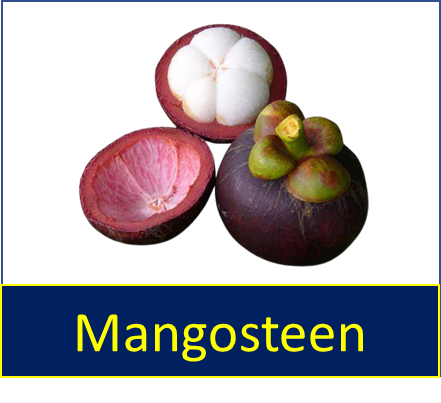
- Antioxidant-Rich:
Mangosteen is packed with antioxidants that help combat oxidative stress and protect cells from damage, contributing to overall health.
White Sapote
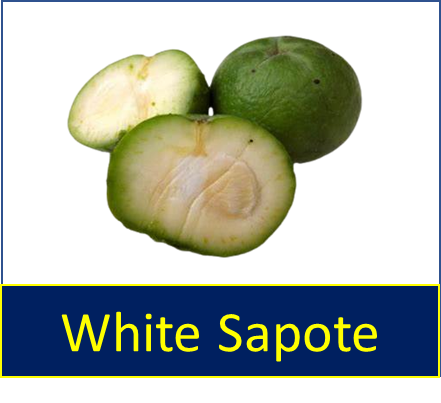
- Rich in Vitamins:
White Sapote is a good source of essential vitamins like vitamin C and vitamin A, which promote immune function, skin health, and overall well-being.
